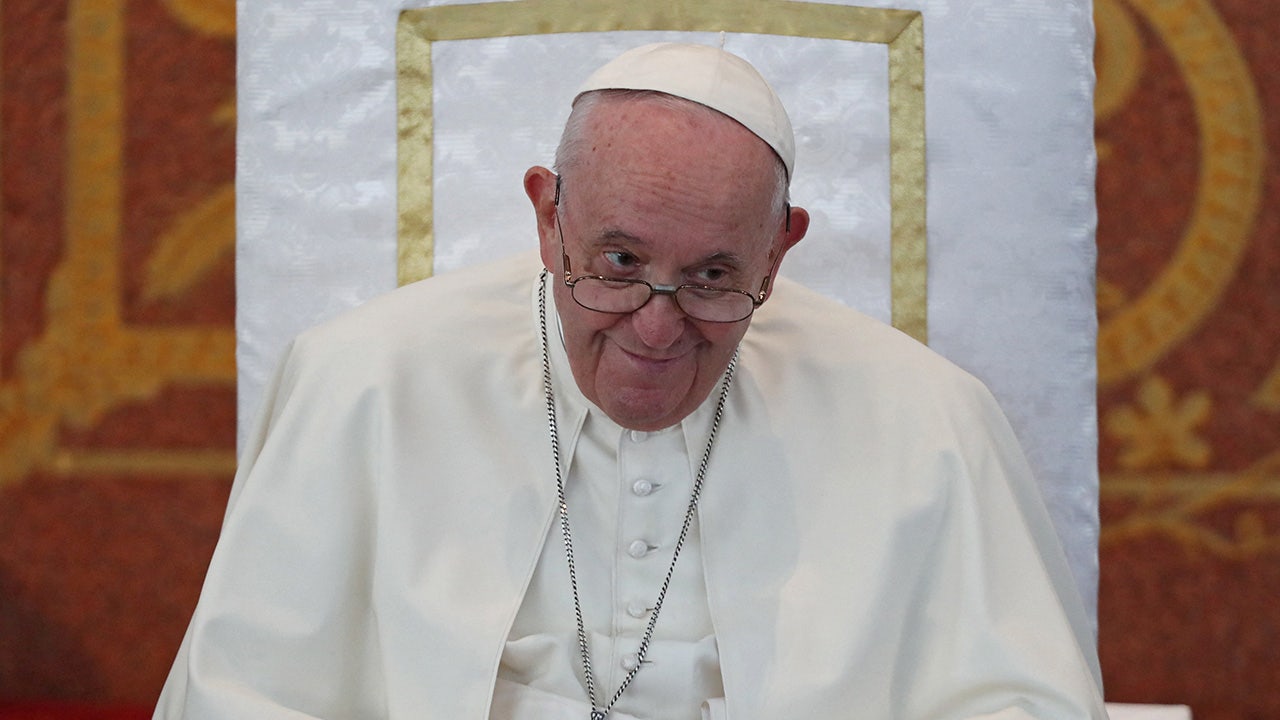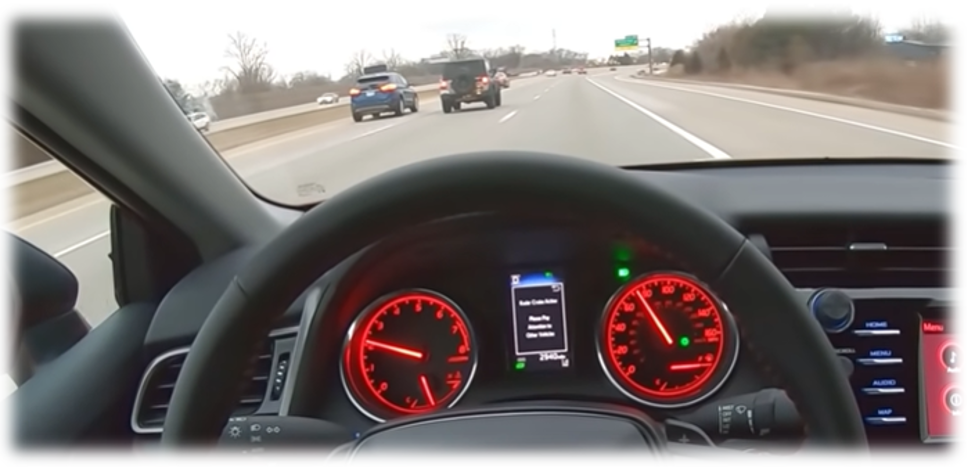Disaster-prone cell tower network forces telcos to reach for the stars
Technology
This year’s cyclone and floods have hastened the move to satellite-based networks, by highlighting the vulnerability of cell towers
It’s New Zealand’s answer to Star Wars.
At the weekend, Elon Musk’s Starlink began heavily promoting a hardware discount for the New Zealand rural market, offering its standard $1000-plus hardware kit for $199 to those with eligible addresses.
2degrees responded first thing on Monday morning by announcing a technology trial with with global low-earth orbit satellite provider Lynk, so customers can connect from areas outside terrestrial mobile coverage.
READ MORE:
* Cyclone Gabrielle: National state of emergency declared
* Phone and internet congestion as Kiwi flocked to beach
* Auckland may lose reception as cell tower sabotage threat worsens
“We’ll begin with initial trials shortly and, over time, we expect 2degrees customers will be able to send text messages and ultimately get voice calls and basic data services from anywhere in New Zealand,” says chief executive Mark Callander.
Then just half an hour later, One NZ (the company formerly known as Vodafone) announced its own collaboration with Starlink to deliver nationwide coverage, especially in rural areas.
“This means the immediate communication issues experienced after Cyclone Gabrielle will be confined to history,” says chief executive Jason Paris. “It will give our customers more freedom with 100 percent coverage across the country and means New Zealanders and New Zealand businesses are safer with us.”
Satellite networks such as Starlink have been the main provider for some remote and developing regions of the planet that aren’t hooked up to undersea cables, such as the more remote Pacific Islands. Others use more traditional satellite constellations like O3b Network (which is medium earth orbit) combined with domestic fibre networks.
Either way they are slower, and bad weather interferes with them – but satellite capacity is expanding faster than new fibre can be laid across the oceans and across New Zealand’s rugged terrain.
Cyclone Gabrielle highlighted the vulnerability of New Zealand’s terrestrial networks, which rely on interconnected cell towers, powered off the national grid.
Telcos responded by air-lifting Starlink satellite internet terminals into towns such as Wairoa, allowing locals to gather at the community hall to reassure loved ones of their safety and wellbeing.
Callander says 2degrees will begin with initial trials shortly and, over time, expects customers to be able to send text messages and ultimately get voice calls and basic data services from anywhere in New Zealand. “Of course as satellite-to-cell develops, it is hoped that this technology could also play an important role in keeping customers connected following major events such as we’ve seen recently.”
One NZ says its customers will be able to send texts via Starlink’s direct-to-cell by late 2024 with voice and data to follow. “Currently, our mobile network covers 98 percent of the places New Zealanders live and work. However, due to the length and geography of the country, almost 50 percent of the landmass still has no coverage,” Parris says. “When the service goes live, there will be coverage across the country.”
“New Zealand is one of the most isolated and rugged countries in the world, which makes it an ideal use case for SpaceX’s Direct to Cell connectivity.”
– Gwynne Shotwell, SpaceX
Ahead of One NZ’s announcement, spokesperson Matt Flood told Newsroom that mobile connectivity was an important lifeline for its customers. “While we were able to restore large parts of the network quickly, there are lessons we can take to make the network more resilient in the wake of extreme weather events like Cyclone Gabrielle.
“We see resilience as both preparing for an event, but also how quickly services can get up and running again,” he said.
“In the case of Cyclone Gabrielle, we immediately mobilised teams across the business who worked around the clock to restore 53 percent of our impacted sites in the first 48 hours and 70 percent in 72 hours. Prior to the event we shifted equipment and teams to the areas in order to react as quickly as possible.”
Eighty percent of the company’s cell tower outages were because of power, he explained.
“While we do keep a stock of diesel generators ready for such emergencies, many of which we had pre-deployed anticipating the cyclone, we are often limited by access where roads are inaccessible to deploy and refuel these and they have to be topped up with diesel every four to eight hours.
“While batteries are a good option for very short-term resilience, current battery technology means that running longer than this without mains power is not feasible – you’d need more space for the batteries than for the cell tower itself.”
The company had been considering how the network performed and what it could do better, and wasn’t ruling out new and different solutions.
But any discussion concerning reinforcing terrestrial networks needed to involve other infrastructure providers – including the electricity grids and the roads that fibre cables run on. “We’re up for any response that balances increased resilience with the need to ensure that investments are affordable, and costs remain affordable for consumers and businesses.”
LYNK v STARLINK: HOW DO THEY COMPARE?
STARLINK: Rocket company SpaceX was founded by Elon Musk in 2002, with a promise to explore the stars – but a more immediate commercial use of deploying its Starlink constellation of cellphone and internet communications satellites.
Leveraging advanced satellites and user hardware coupled with deep experience with both spacecraft and on-orbit operations, Starlink delivers high-speed, low-latency internet to users all over the world.
SpaceX president Gwynne Shotwell says New Zealand is one of the most isolated and rugged countries in the world, which makes it an ideal case study for SpaceX’s direct-to-cell connectivity, to expand cellular coverage across 100 percent of the country.
The company says its next-generation satellites will be in orbit and ready to provide connectivity from late 2024. The technology will initially support text and MMS, with voice and data services to follow.
LYNK: Lynk is the new kid on the block, a US company that launched its first four “cell towers in space” test satellites in early 2021. It allows mobile network operators to connect standard mobile phones to satellites when the phones are either beyond current mobile coverage, or when the mobile network has an unplanned outage.
James Alderdice, the company’s vice-president for Asia-Pacific at Lynk, says its ‘Lynk the World’ constellation provides connectivity directly to mobile phones without any modifications to either the mobile phone network or to customer devices.
“The beauty of this is its simplicity as Lynk works with all existing standard 3GPP mobile devices,” he says.
Before its initial commercial service launch, Lynk has demonstrated and tested the service in 21 countries.
Lynk has already deployed three operational commercial satellites with the initial service providing intermittent messaging functionality. As more satellites are deployed, the service availability will increase and grow to provide mobile broadband and voice.






